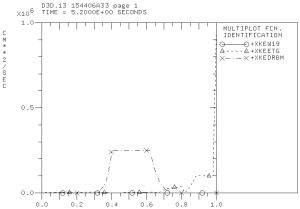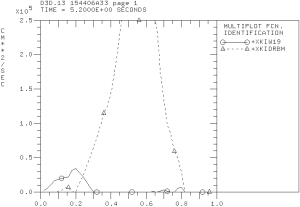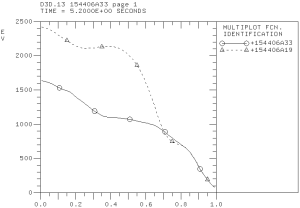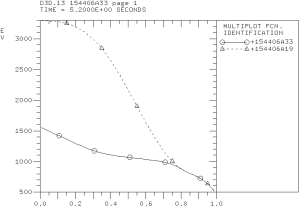Contributions from the drift resistive ballooning modes to the temperature prediction for the DIII-D discharge 154406
The drift resistive inertial ballooning modes (DRIBM) are destabilized by the density gradients. These modes are strongly stabilized by plasma temperatures. They are usually unstable in the plasma edge region close to the separatrix. The DRIBM modes are expected to be stable in the plasma core region of H-mode discharges. However, PTRANSP analysis of the DIII-D discharge 154406 shows that these modes are unstable in the region from 0.3 to 0.7 of normalized minor radius:


Effective electron (left) and ion (right) thermal diffusivities computed using the MMM7.1 model in the modeling of DIII-D discharge 154406 by the PTRANSP code.
The DRIBM model includes contributions from other MHD modes in addition to the drift resistive ballooning modes that can be unstable in this region. However, the validation of predicted temperature profiles hints that these modes are probably should be stable and DRIBM predicts significantly larger level of transport than expected. Additional validation of DRIBM is necessary. In particular, the effects associated with the large poloidal beta or large plasma currents such as Shafranov shift stabilization in DRIBM might need to be revisited.


Predicted electron (left) and ion (right) temperature profiles in the PTRANSP simulation of the DIII-D discharge 154406 using the Weiland, ETG, and DRIBM components of the MMM7.1 model.

Leave a Reply